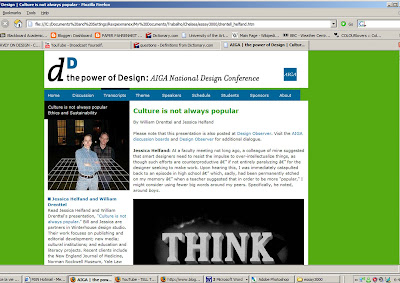UPDATE- Finalized script that is beeing used in the animation.
WHO ARE WE?
We´re the collective off all the experiences we’ve had so far! All of them!
Of course each event has different level of importance to the narrative of our own lives.
But the main thought here is that ALL happenings play their role in the continuous definition of WHO WE ARE!
We define ourselves continuously!
So … in our case…
IN OTHER WORDS US
And it is happening in a continuous rate… one question naturally arises.
Many books have been written about it and many theories have been formed on how Design is defining itself over time.
So that we promote THOUGHT that then generate IDEAS,
So that we interact with the outcomes and redefine ourselves and Design,
in the process.
Instead of accepting that fact and just eat the fruit, he processed the information in another way.
This is a great example on how can we react when something is presented to us and how we can either accept or question information.
In many cases the instant acceptance of facts may be reductive of what just happened.
If you ever felt that your
… Thoughts, opinions or beliefs
Play no part on the reshaping of the world.
Like
I ask you to look at the bigger picture, and try do understand WHY are these occurrences taking place.
Don’t just eat the apple!
Think WHY it fell, so that next time it happens, you know that there are more options than just total acceptance of what just happened.
MAKE QUESTIONS!
DEMAND ANSWERS! (Timothy Leary)
TOGETHER WE DESIGN DESIGN CONTINUOUSLY





























